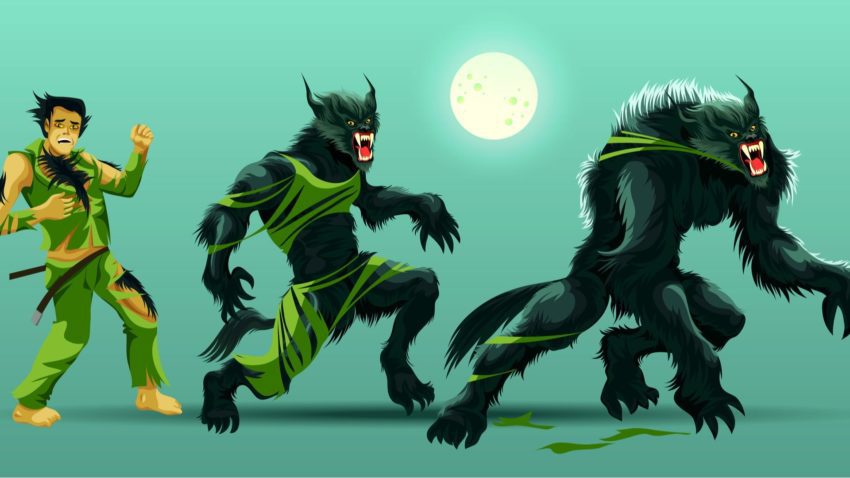
Werewolf Transformations: 4 Types of Wolf Modes
If you get bitten by a werewolf, you could turn into one within 30 days. With that, you may end up looking like the beast that bit you … or not. Get the 4 different kinds of werewolf transformations after the jump.
4 Types of Werewolf Transformations
Not everyone becomes a hulking, war-like werewolf you see in the Underworld movies. Those are the exceptions and not the norm. Listed below, see the most common types of werewolf forms.
Before we begin, check out the post on werewolf powers because it applies to all 4 types of werewolves. And one last note: If you were born a werewolf, you take your father’s form.
War Wolf
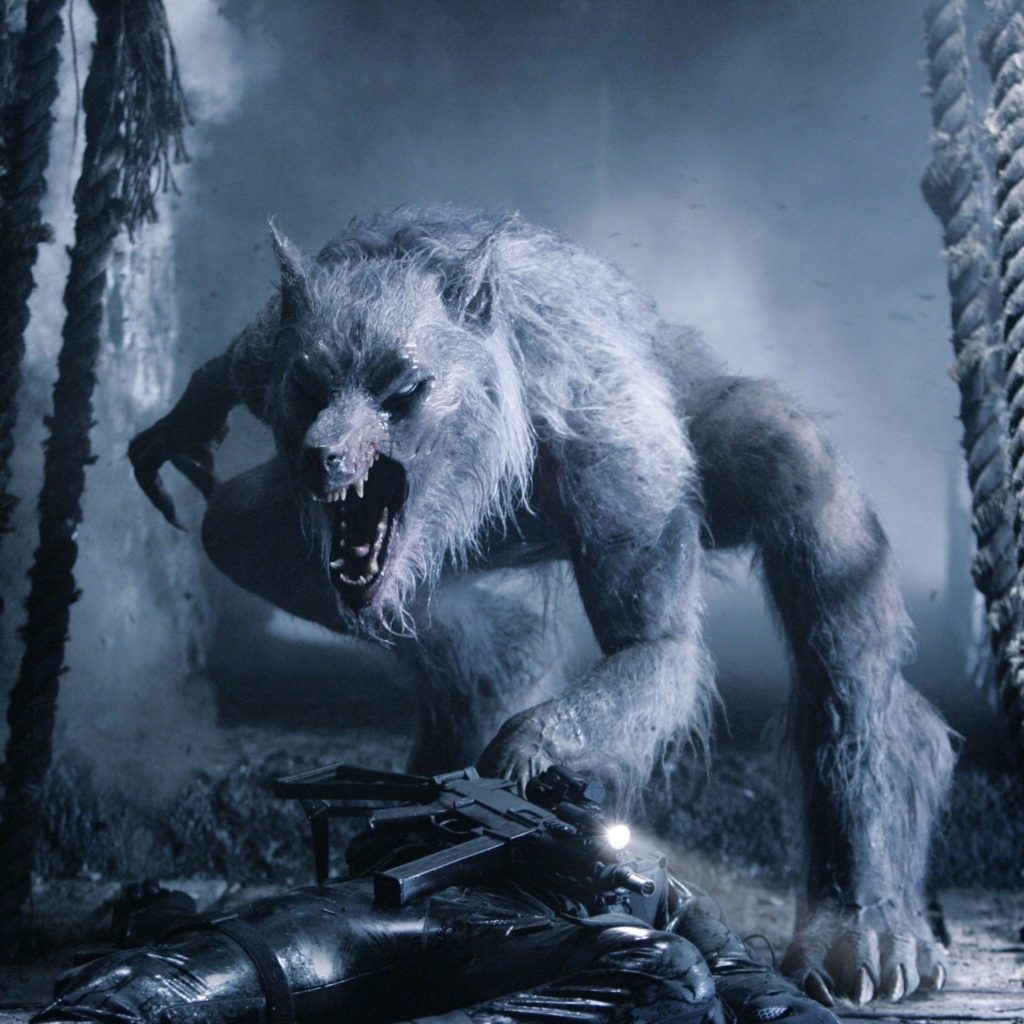
Now this is my kind of monster!
The war-like version came to popularity in the 1980s with The Howling. Most humans don’t survive an attack from the war-like version: You’d just get ripped to shreds. It’s also one of the more resilient forms. Handgun bullets don’t really hurt this kind, but a machine gun can slow them down.
War-like werewolves have these characteristics:
- Stand over 7′ tall
- Black or grey fur
- No tail
- Long fingers and claws
- Use bite and slashing attacks
- Fearless
- All rage, no reason
- Transform at will
This werewolf form appeared in the Underworld series, Dog Soldiers and The Howling. It’s the go-to version for action-adventure films.
Quadruped Wolf

Quadruped werewolves are really giant wolves. They can’t stand upright like the other werewolves in this study. Unlike the standard wolf, they have no problems attacking humans. For being so big, they’re not as resilient as their war-like cousins.
Quadruped forms have the following characteristics:
- About 7′ long from snout to tail
- Long whip-like tails
- Black, brown or grey fur (like common wolves)
- Prefer biting to slashing attacks
- Some retain human-like features, while others look like giant grey wolves
- Some self-awareness and rage control
This werewolf form appeared in An American Werewolf in London, An American Werewolf in Paris and the Twilight movies.
Pug Wolf
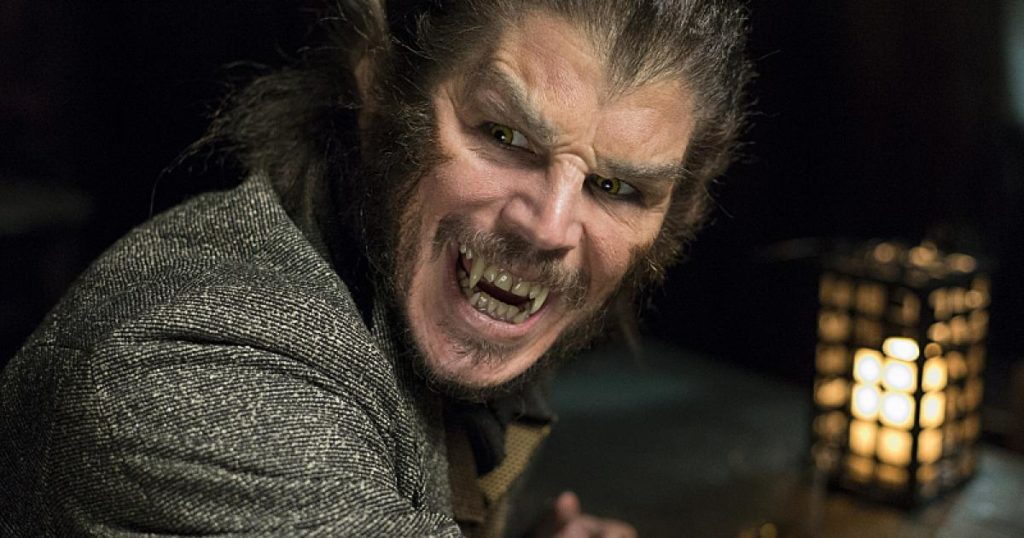
The pug wolf form (Duncan & Powers 2009) most resembles a human. Really, it’s like someone got angry, grew longer nails and teeth, and needs manscaping. TV shows tend to use this form or the full wolf. The classic Universal monster follows this approach, too.
A pug werewolf tends to have the most variety in appearance because they resemble humans the most. But they still have all the powers of a werewolf, so don’t underestimate them.
Their characteristics include:
- Elongated ears
- Long canine teeth
- Slight snout or no extension of nose and jaw
- Some covered in fur while others seem to get shaggier
- Long, sharp fingernails and toenails
- Some have haunches while others retain human legs
- Grow no larger than a few inches in height
- Retain more human self-awareness and control
- Not as resilient as war-like werewolves and quadrupeds
- Prefers slashing attacks than biting
- Least likely to kill their victims or turn someone into a werewolf
This werewolf form appeared in Penny Dreadful, Teen Wolf (TV & Film), The Wolfman (2010 movie) and Grimm.
Full Wolf
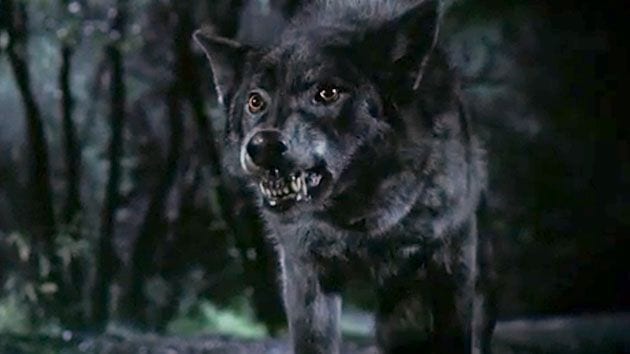
I’m not sure if there’s much to really say about a full wolf form. In these cases, the werewolf transformation leads to a real wolf. This is like Alcide from True Blood. While it’s cool to see someone become these magnificent creatures, you become a wolf in all aspects. So, it’s the most fragile of werewolves. A gunshot will do you in. You’ll also do the least amount of damage to your prey. In general, a full wolf works in a pack. It’s never a lone wolf unless it’s scouting.
But there’s one thing about a full wolf people don’t realize. Full wolves do the most harm to other werewolves forms. They don’t heal from wounds inflicted by full wolves. So, don’t piss one of these guys off if you’re one of the other werewolves. You’ll have 6-12 pack members on your ass.
This werewolf form appeared in True Blood, Wolf (end of film) and Wolfen.
Sources:
Curran, Robert (2010), “The Werewolf Handbook: An Essential Guide to Werewolves and, More Importantly, How to Avoid Them,” BES Publishing, Inc.
Duncan, Ritch and Bob Powers (2009), “The Werewolf’s Guide to Life: A Manual for the Newly Bitten,” Three Rivers Press.
Brown, Nathan (2009), “The Complete Idiot’s Guide to Werewolves: Shed New Light on These Creatures of the Night,” Alpha Publishing.
McCollum, Sean (2015), “Werewolves (Monster Handbooks),” Capstone Press.
Boyd, Katie (2011), “Werewolves: Myth, Mystery, and Magick,” Schiffer Publishing.
Senn, Bryan (2011), “The Werewolf Filmography: 300+ Movies,” McFarland & Company, Inc.
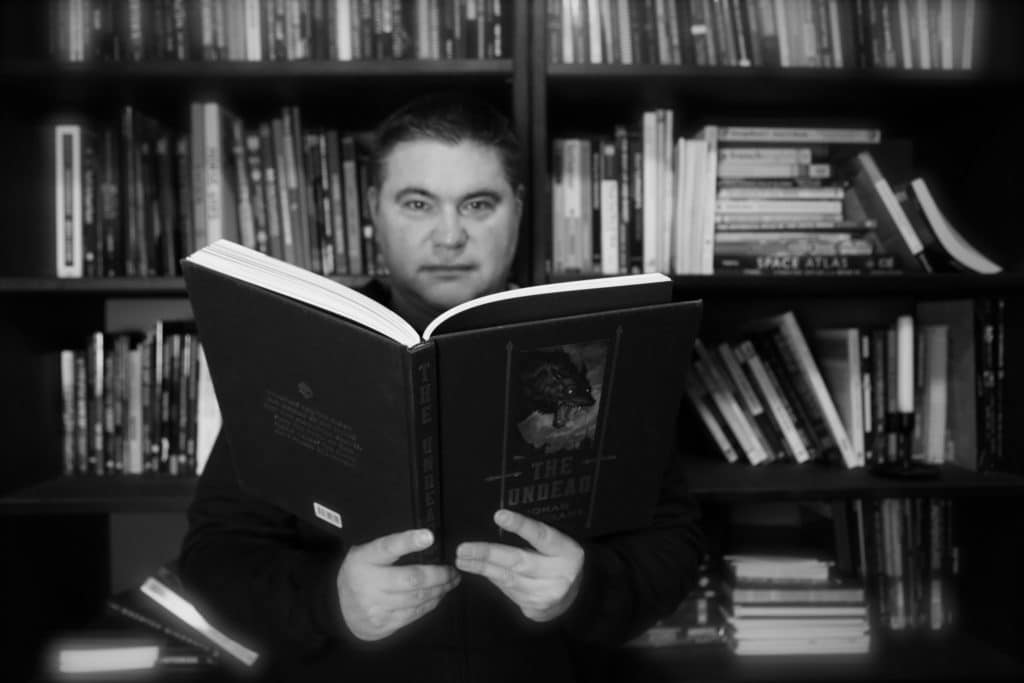
Jacob Rice began investigating and writing about monsters in 2007. He has published 3 books on ghost hunting, ghost stories and paranormal protection. His podcast, Ghostly Activities, dives into these topics even more. You can also watch his ghost hunts on the Ghostly Activities YouTube channel. He lives in Olympia, Washington.
One thought on “Werewolf Transformations: 4 Types of Wolf Modes”
I love werewolves, all types
Comments are closed.